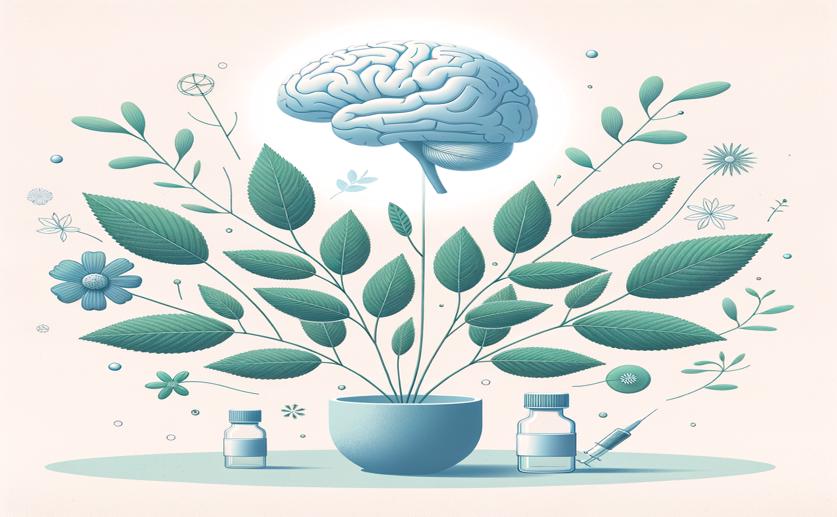
Plant Compound Prevents Brain Bleeding and Cell Death
Greg Howard
31st May, 2024

Image Source: Natural Science News, 2024
Key Findings
- Researchers at Hebei Medical University found that Salvianolic Acid A (SAA) can reduce brain damage after intracerebral hemorrhage (ICH) in rats
- SAA works by inhibiting ferroptosis, a type of cell death caused by iron and oxidative stress, which is a major factor in brain injury post-ICH
- The study showed that SAA activates the Akt/GSK-3β/Nrf2 signaling pathway, enhancing the brain's antioxidant defenses and reducing iron-induced damage
References
Main Study
1) Salvianolic acid A inhibits ferroptosis and protects against intracerebral hemorrhage.
Published 30th May, 2024
https://doi.org/10.1038/s41598-024-63277-4
Related Studies
2) Iron toxicity, lipid peroxidation and ferroptosis after intracerebral haemorrhage.
3) Ferroptosis: an iron-dependent form of nonapoptotic cell death.
4) Ferroptosis: A Regulated Cell Death Nexus Linking Metabolism, Redox Biology, and Disease.



 28th May, 2024 | Jenn Hoskins
28th May, 2024 | Jenn Hoskins